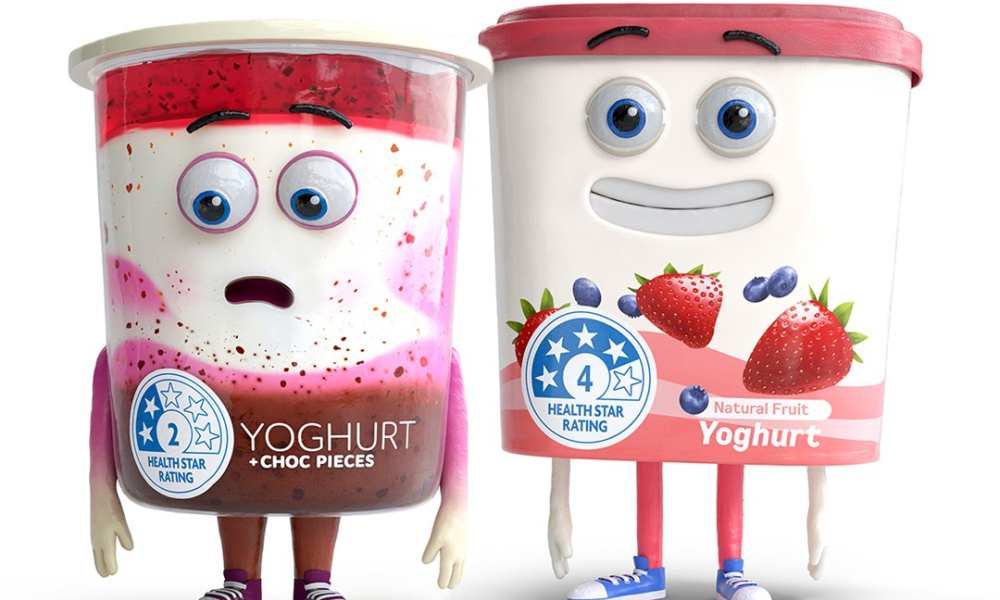How it works
The Health Star Rating for a product is based on a strict calculation. To determine a rating, the Health Star Rating Calculator first considers the four components of food associated with increasing the risk factors of chronic diseases. These are energy, saturated fat, sodium and total sugar content. The information is then balanced against positive components. These are protein, fibre and the fruit, vegetable, nut and legume content.
Products should only be compared to similar products that are in similar areas of the supermarket. For example, you can compare breakfast cereals to other breakfast cereals, but you cannot compare cereals to yoghurts.
Frequently Asked Questions for Shoppers
How do I know if the rating on a product is accurate?
Health Star Ratings are calculated based on a strict algorithm developed by food and nutrition experts. Manufacturers use this algorithm to calculate the rating for their products.
Manufacturers are responsible for calculating Health Star Ratings for their own products. Calculations require information on individual ingredients that may not be on the Nutrition Information Panel, such as the fruit, vegetable, nut and legume content. Calculating or attempting to check the rating without all the information may produce an inaccurate result.
If you are unsure about the accuracy of ratings for specific products, you can contact the Health Star Rating Unit here.
Who is responsible for applying the Health Star Rating system on products?
Food manufacturers and retailers are responsible for the correct and accurate use of the Health Star Rating system. This includes:
- Calculating the Health Star Rating
- Displaying nutrient information
- Making sure the information on the Health Star Rating and the Nutrition Information Panel is consistent and accurate
- Complying with all relevant legislation and regulations
Who looks after the Health Star Rating?
Food Ministers are responsible for all decisions about the Health Star Rating system. They are supported by the Food Regulation Standing Committee (FRSC) who are responsible for providing policy advice on the Health Star Rating. The Health Star Rating Unit within the Department of Health, Disability and Ageing manages the operations and administration of the system.
Do food manufacturers and retailers pay to display the ratings on their products?
No.
There are no application costs and companies don’t pay to use the system. The system is completely voluntary, and manufacturers and retailers can adopt and remove the system at any stage. Companies do bear the costs of producing new packaging to include the Health Star Rating.
I found a product that has a high rating, but it is high in sugar content. How can this be?
The Health Star Rating system is a comparison tool for similar products. A product may be higher in total sugars but lower in saturated fat or energy. The same product could also be high in protein, fibre or fruit, vegetable, nut and legume content causing the rating to increase.
A high star rating guides you towards a healthier product, but does not necessarily mean that the product:
- Provides a balanced diet
- Should replace items from other food groups
- Should be eaten in large amounts
In addition, many healthy foods, like fresh fruit and vegetables and lean meats, are not generally packaged and may not display or have a Health Star Rating.
Who can I contact for more information about the Health Star Rating system?
Send questions about the Health Star Rating and its operation, including complaints, to the Health Star Rating Unit at HSR@health.gov.au.

